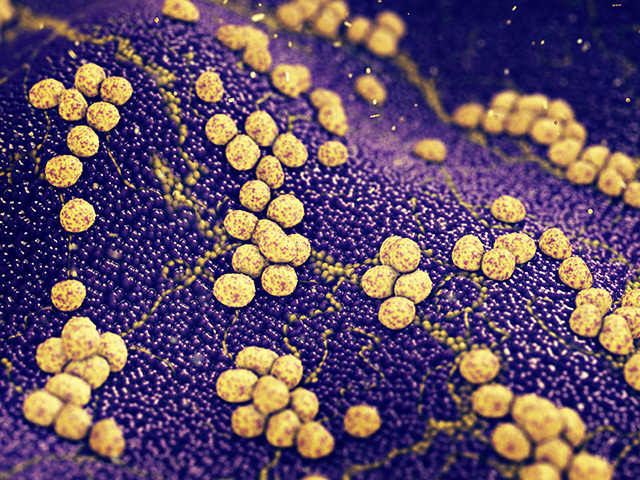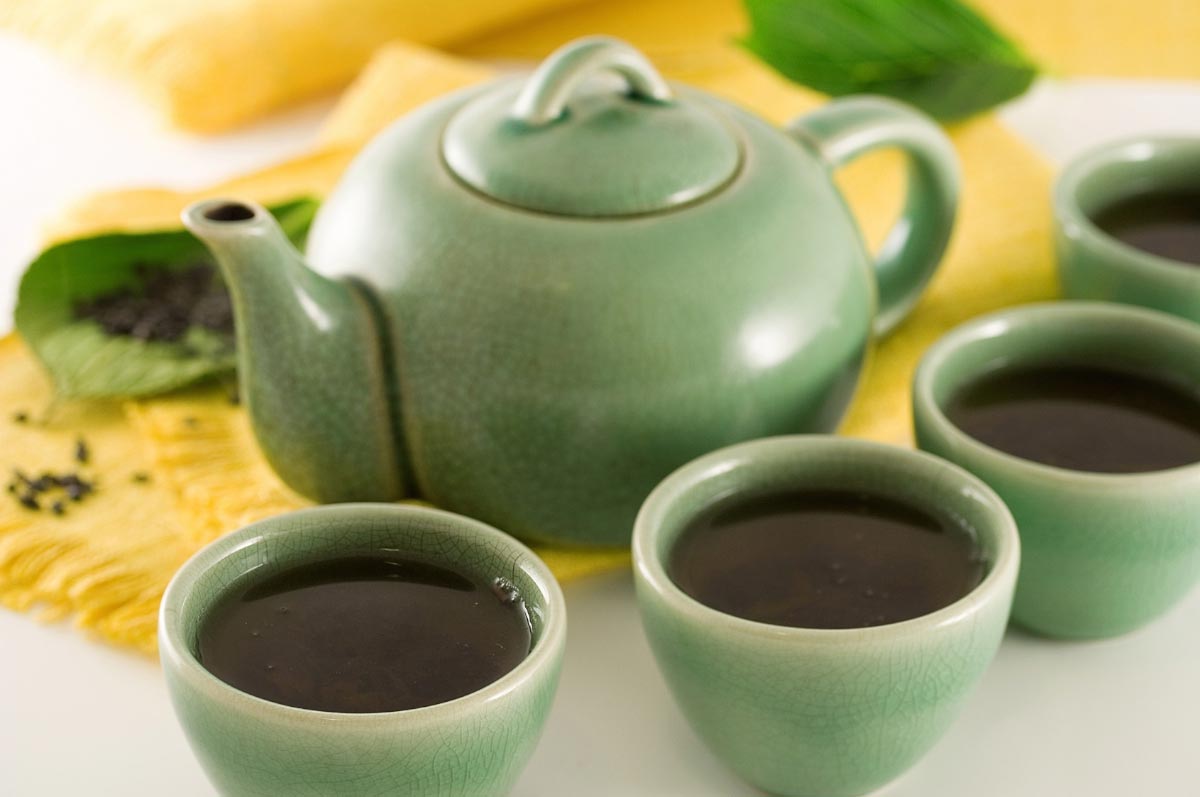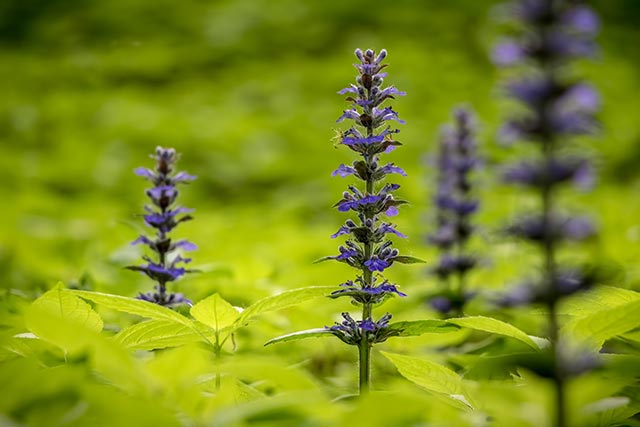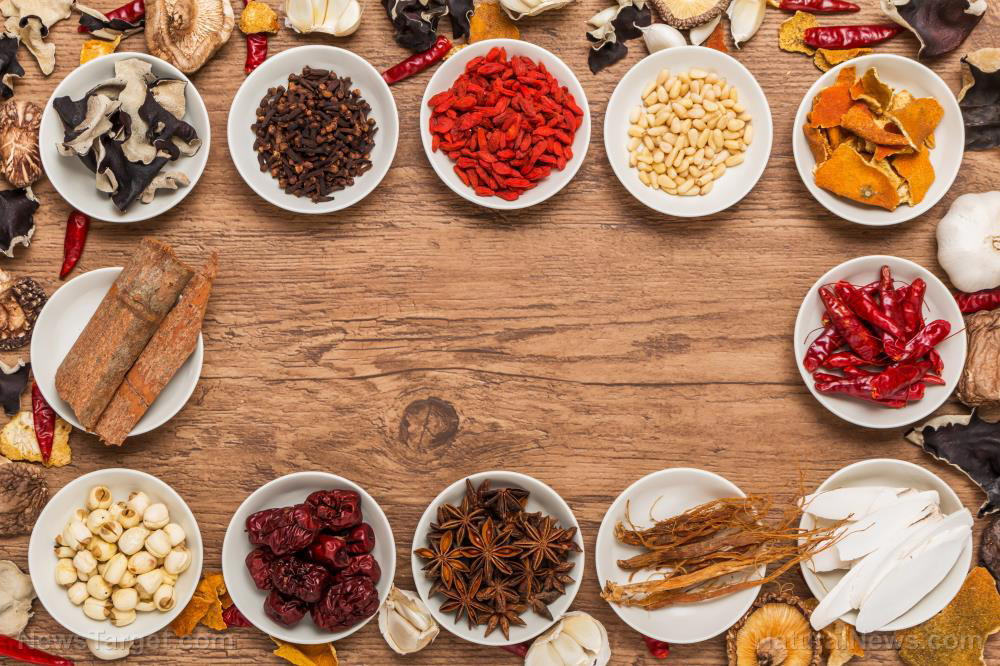Broad-leaved croton and bitter leaf extracts found to be effective against several bacterial and fungal pathogens
07/01/2020 / By Evangelyn Rodriguez

Medicinal plants are still widely used today in many parts of the world. In some developing countries, more than half of the population relies on these plants and consider them their primary source of health care. Despite the dependence of many people on these medicinal plants, however, researchers estimate that only about 15 percent of the total number of medicinal plant species on the planet have been scientifically studied.
According to researchers at Raya University in Ethiopia, people in their country still use traditional medicines to treat various diseases. Of the 7,000 different medicinal plants in Ethiopia, about 12 percent are native to the country. These plants are used in 95 percent of the preparations Ethiopians use to address human and animal diseases, especially those caused by pathogenic bacteria and fungi.
In a recent study, the researchers investigated the antibacterial and antifungal activities of two Ethiopian plants, namely, Vernonia amygdalina (bitter leaf) and Croton macrostachyus (broad-leaved croton). Their aim was to find alternative solutions to the growing problem of drug-resistant microorganisms.
They reported their findings in an article published in The Journal of Phytopharmacology.
Ethiopian plants show promise as antimicrobials against antibiotic-resistant microbial pathogens
Recently, the resistance shown by some microorganisms toward antibiotics has become a global health problem. So far, no reliable solution has been found for this issue. Scientists continue to study natural sources in hopes of finding powerful antimicrobial agents, which they believe will prove more effective than synthetic agents against microbial pathogens.
According to scientific investigations conducted in west Ethiopia, bitter leaf and broad-leaved croton are promising medicinal plants with beneficial properties. These two share a long history of use in Ethiopian folk medicine as treatments for malaria, gastrointestinal infections, wounds, dermatitis, chigger bites, toothache, ringworm, cardiovascular disease, dandruff and other ailments caused by microbes.
To evaluate the antimicrobial properties of bitter leaf and broad-leaved croton, the researchers used four bacteria, namely, Staphylococcus aureus, Streptococcus agalactiae, Salmonella typhi and Escherichia coli, and two fungi, Aspergillus flavus and A. niger, for their experiment. They measured the zones of inhibition and minimum inhibitory concentrations (MIC) of bitter leaf and broad-leaved croton extracts against these six pathogens.
The researchers reported the highest percentage yield for bitter leaf methanol extract and the lowest for bitter leaf water extract. The methanolic and ethanolic extracts of both plants showed higher growth inhibitory effects on bacterial pathogens than aqueous extracts.
The methanolic crude extract of broad-leaved croton had the largest zone of inhibition against S. aureus, with a MIC of 25 mg/mL. Meanwhile, against A. niger, the ethanolic crude extract of broad-leaved croton showed the highest antifungal activity.
Based on these results, the researchers concluded that bitter leaf and broad-leaved croton are potent medicinal plants that can be used to treat infections caused by antibiotic-resistant bacteria and fungi.
Other plants with antimicrobial properties
Plants are great sources of biologically active compounds that can stop or prevent the growth of microorganisms. Here are some examples of plants with antibacterial and anti-fungal properties: (Related: Review looks at antimicrobial properties of plants of the genus Etlingera.)
- Raspberry — In Australia, raspberry juice and leaf extracts have long been used to prevent or treat gastroenteritis in humans and animals.
- Lavender — Essential oils extracted from several species of lavender have been used as topical antibacterial and anti-fungal medicines for centuries.
- Coffee — According to studies, coffee contains antibacterial compounds, such as protocatechuic acid, chlorogenic acid and caffeic acid.
- Licorice — This medicinal herb is said to have strong antibacterial activity against bacteria that commonly infect the upper respiratory tract. Licorice owes its effectiveness to its active components, namely, licoricidin and coumarin derivatives.
- Japanese camellia — A member of the tea family, this flowering plant has been found to be effective against food-borne pathogens.
- Turmeric — One of the most well-known herbs today, the oil extracted from turmeric root is potent against fungal pathogens that cause candidiasis.
- Ginger — A widely used medicinal and edible herb, ginger is known for its antimicrobial properties, especially against common pathogens like S. aureus and Candida albicans.
Plants and their products are reliable natural medicines, especially for infections caused by bacterial and fungal pathogens. Read more about edible herbs you can use to treat microbial infections at Herbs.news.
Sources include:
PhytopharmaJournal.com [PDF]
Tagged Under: alternative medicine, bitter leaf, broad-leaved croton, herbal medicine, Herbs, microbial infections, natural antibiotics, natural antifungal, natural cures, natural medicine, plant medicine, remedies, research


















